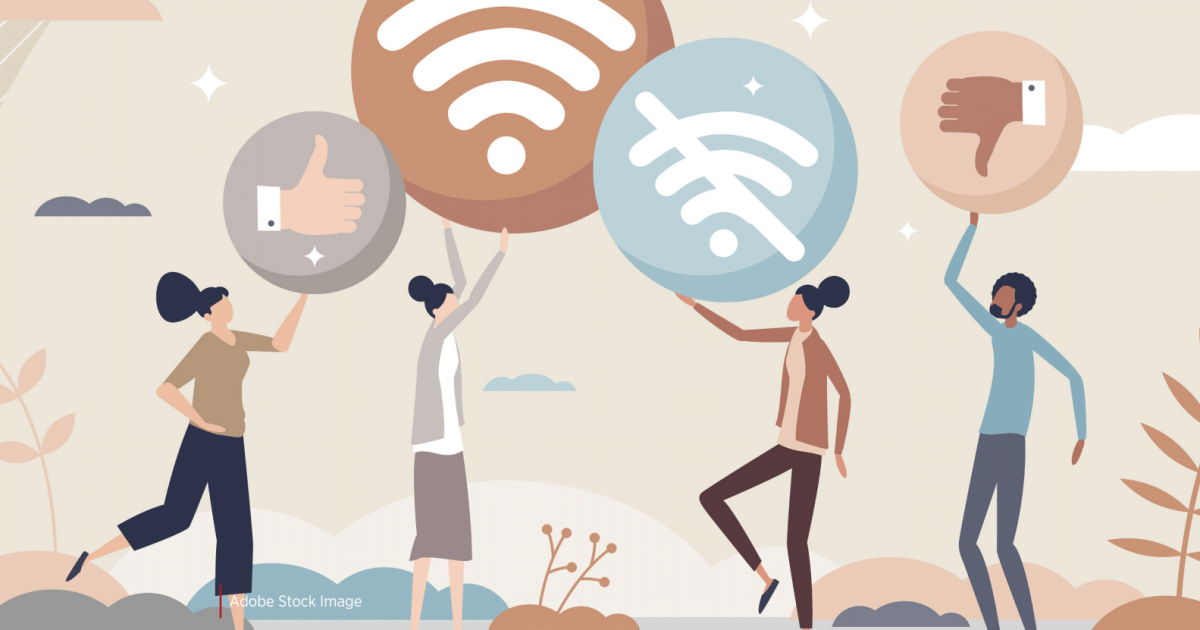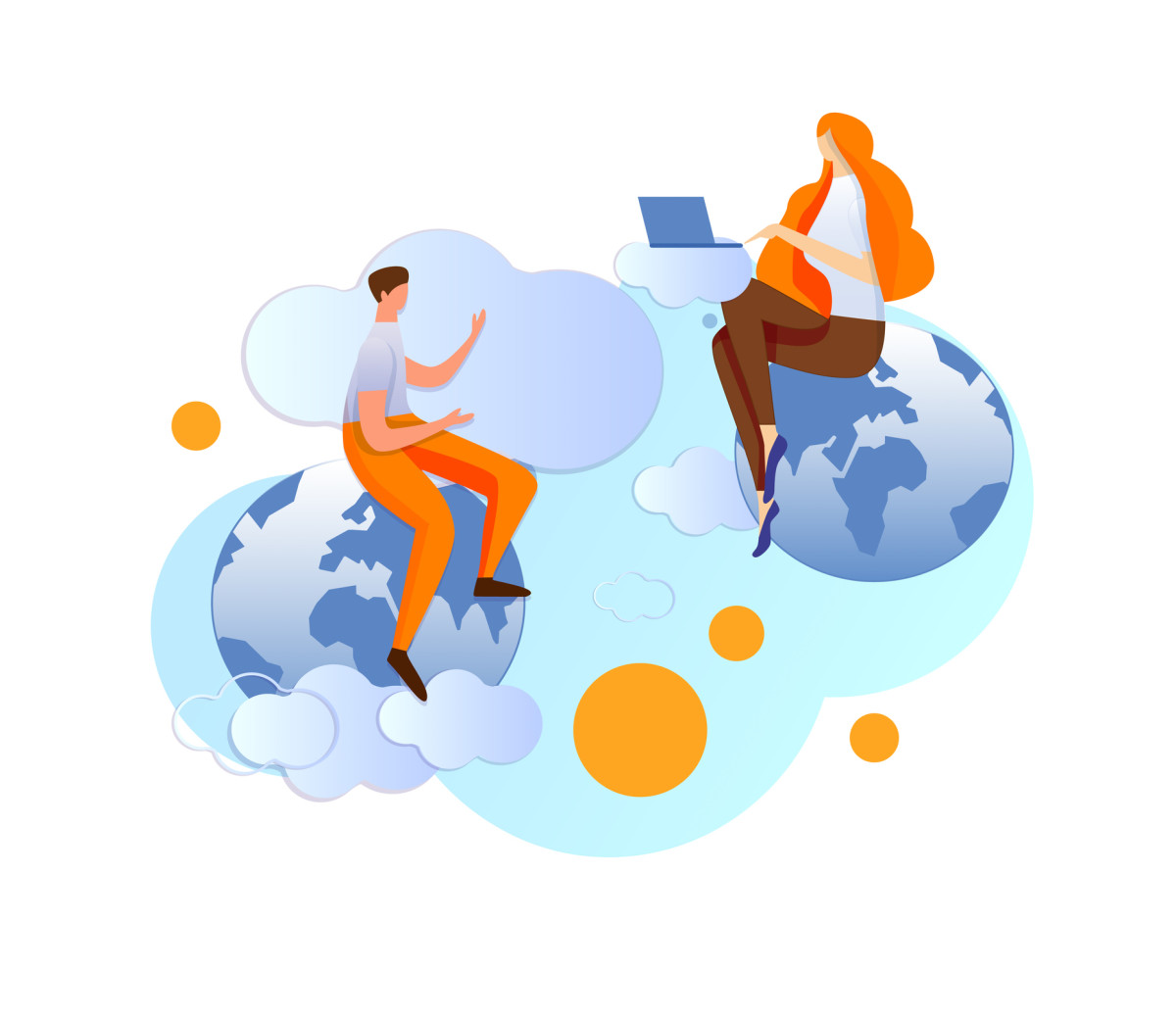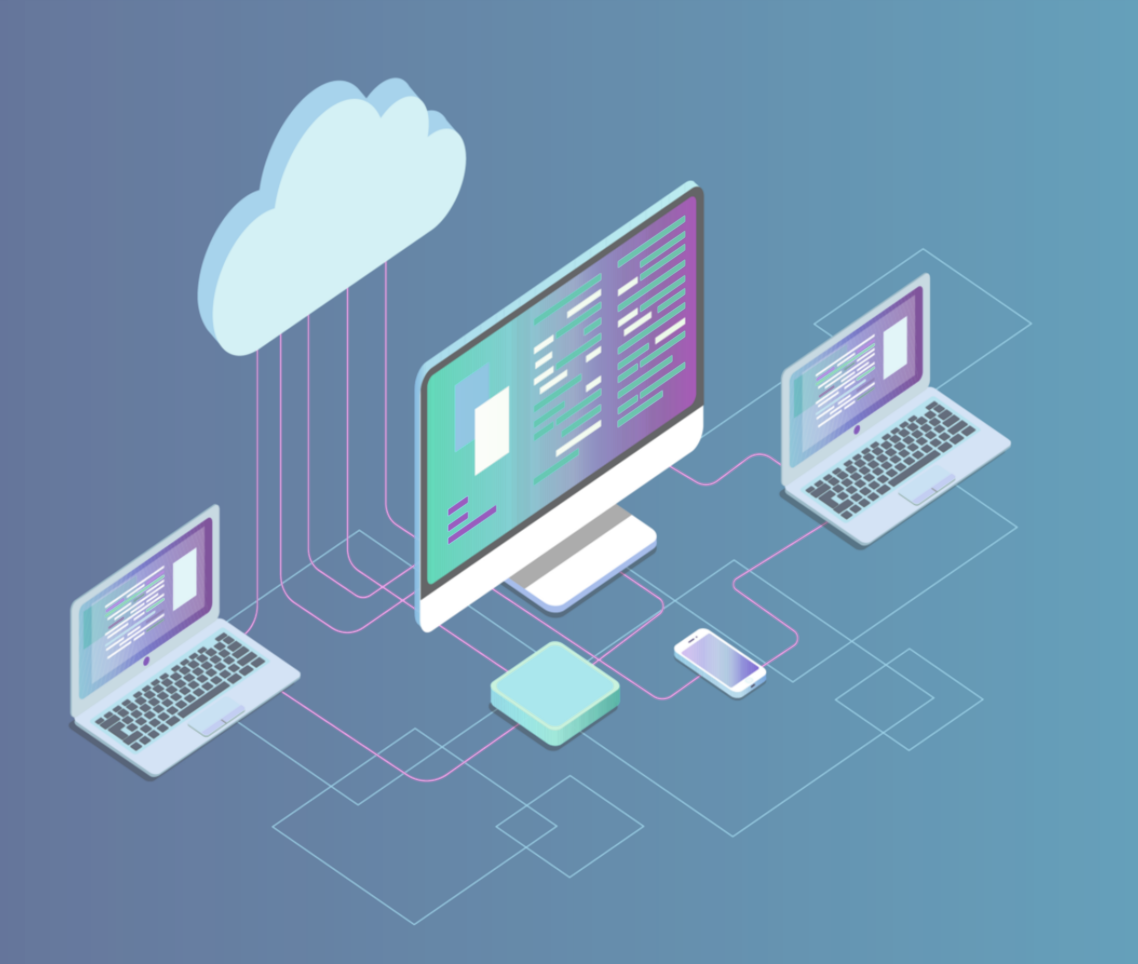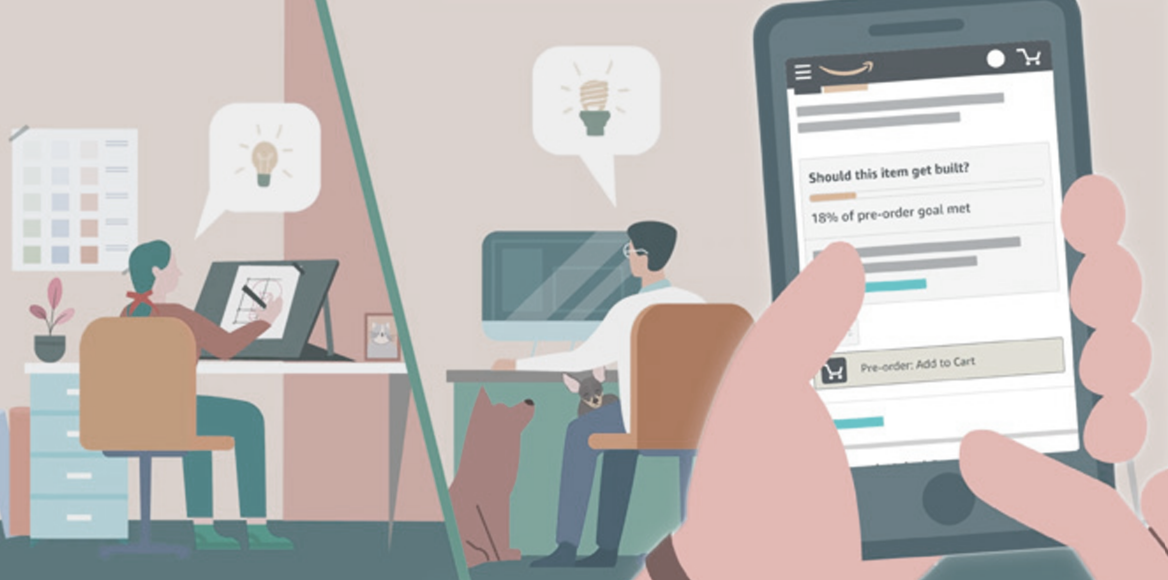Digital Divide


The digital divide is a term that refers to the gap between people who have access to modern information and communications technology (ICT) to people that don’t/have restricted access to it. The digital divide originally started to describe the division between people who had access to telephones/didn’t have access in the late 20th century. However after the 1990’s, it became used to describe the division between people with/without internet access. Some ways to reduce the digital divide though are to get a good bandwidth internet service, and get devices with internet that meet everyone’s needs. There can also be educational pathways on the use of the internet and other digital technologies to help inform the public, as well as good quality tech support.







